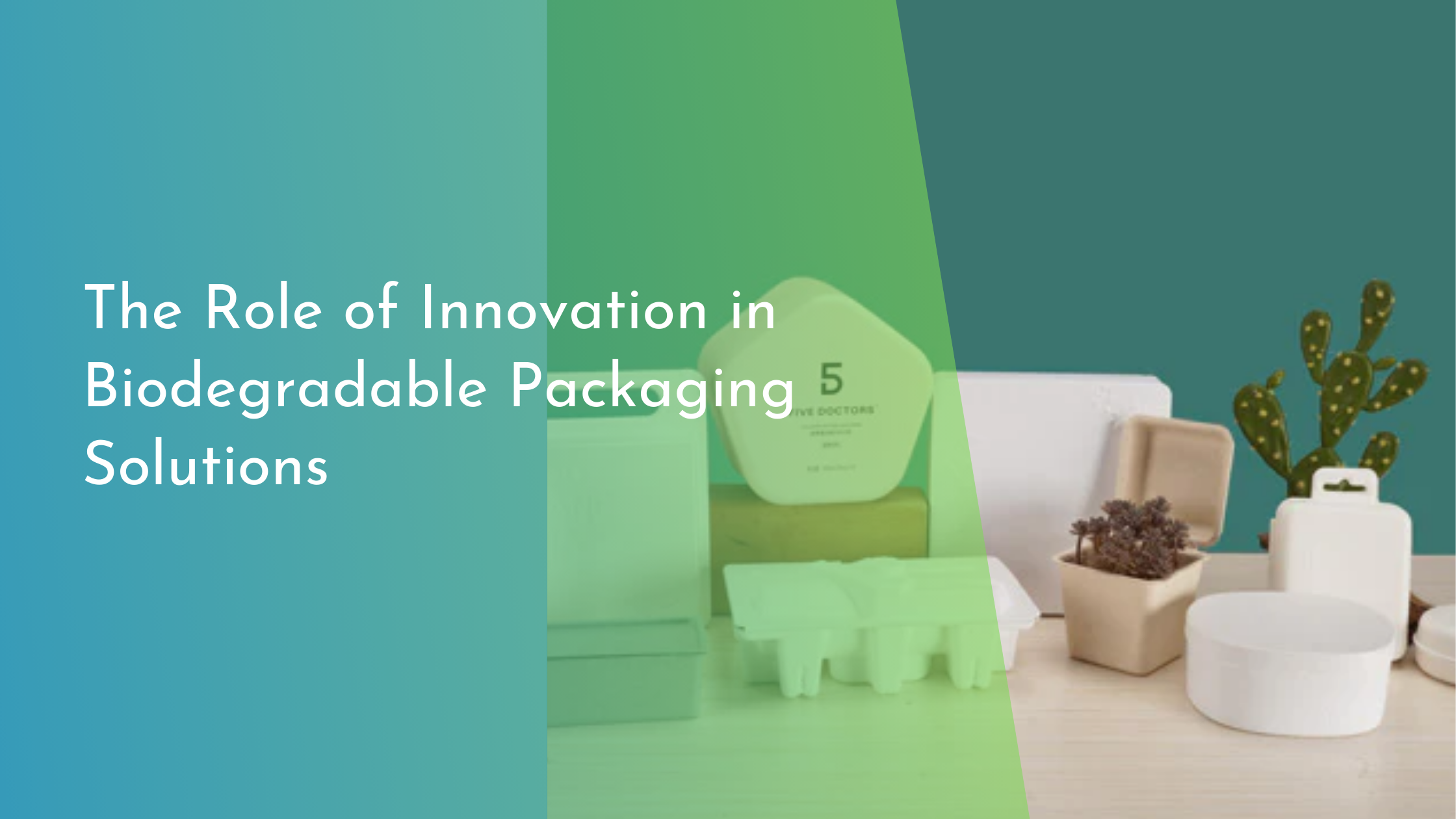The Role of Innovation in Biodegradable Packaging Solutions
In recent years, the growing environmental concerns and the urgent need to reduce plastic waste have spurred considerable interest in biodegradable packaging solutions. These eco-friendly alternatives are designed to break down naturally, significantly reducing their ecological impact. The role of innovation in advancing biodegradable packaging is pivotal, as it leads to more sustainable practices and products. This article explores the fundamentals of biodegradable packaging, the innovative strides propelling its evolution, the challenges and opportunities within this field, and the promising future of sustainable packaging.
Understanding Biodegradable Packaging Basics
Biodegradable packaging refers to materials that decompose naturally through the action of microorganisms. This process results in the breakdown of the product into natural elements such as water, carbon dioxide, and biomass, which are harmless to the environment. Unlike traditional plastic packaging, which can persist in the environment for hundreds of years, biodegradable options aim to minimize the long-term ecological footprint. Key materials used in biodegradable packaging include bioplastics, which are derived from renewable resources like corn starch, sugarcane, and even algae.
The demand for biodegradable packaging is driven by its potential to address environmental concerns related to waste management and pollution. As consumers become more environmentally conscious, companies are increasingly looking to adopt sustainable practices to meet these expectations. Biodegradable packaging offers an attractive solution by enabling businesses to lower their carbon footprint while appealing to eco-minded consumers. In addition, governments worldwide are implementing regulations to curb plastic waste, further encouraging the shift towards biodegradable packaging solutions.
Innovations Driving Eco-Friendly Packaging
Innovation in biodegradable packaging has been instrumental in overcoming the limitations of earlier eco-friendly materials. One significant development is the use of advanced polymer technologies to enhance the strength, flexibility, and durability of biodegradable materials. These innovations have made it possible for biodegradable packaging to match or even surpass the performance of conventional plastic packaging, allowing it to be used in a wider range of applications.
Another area of innovation is the development of intelligent packaging solutions that offer additional benefits beyond environmental sustainability. These include active packaging that can extend the shelf life of products by interacting with the contents, and smart packaging that provides real-time data about the product’s condition. These innovations not only address environmental concerns but also add value to the consumer experience, making eco-friendly packaging a more compelling choice for businesses and consumers alike.
Challenges and Opportunities in Development
Despite the many advancements, the development of biodegradable packaging solutions still faces several challenges. One major obstacle is the cost of production, which can be higher than that of traditional plastics. This cost factor can be a deterrent for businesses looking to adopt these solutions, especially for small and medium-sized enterprises with limited budgets. Moreover, the lack of standardized regulations and labeling for biodegradable products can lead to confusion and skepticism among consumers regarding the true environmental benefits of these solutions.
However, these challenges also present opportunities for further innovation and growth in the biodegradable packaging industry. As research and development continue to progress, costs are expected to decrease, making these solutions more accessible and economically viable. Additionally, establishing clear standards and certification processes can enhance consumer confidence and drive wider adoption. Companies that prioritize sustainability can benefit from an enhanced brand image and increased customer loyalty, tapping into the growing market of eco-conscious consumers.
The Bright Future of Sustainable Packaging
The future of biodegradable packaging is bright, with numerous possibilities on the horizon for more sustainable and innovative solutions. As technology continues to advance, we can expect to see the emergence of new biodegradable materials with enhanced properties that cater to a wider array of packaging needs. Additionally, the integration of digital technologies in packaging design will likely lead to more smart and interactive biodegradable packaging options, creating a seamless blend of sustainability and functionality.
As global awareness and concern for the environment grow, the demand for sustainable packaging solutions like biodegradable options will only increase. This trend will likely drive further investment and innovation in the sector, resulting in more efficient production processes and a broader acceptance among businesses and consumers. The role of innovation in biodegradable packaging is essential for achieving a more sustainable future, providing a pathway forward in our efforts to reduce the environmental impact of packaging waste.
In conclusion, innovation in biodegradable packaging solutions is a crucial element in the quest for sustainability. By understanding the basics of biodegradable packaging, recognizing the innovations driving change, addressing the challenges, and appreciating the opportunities, we can better position ourselves for a future where packaging supports both our needs and the environment. With continued focus and investment, biodegradable packaging holds the promise of helping us achieve a cleaner, greener world, one package at a time.

